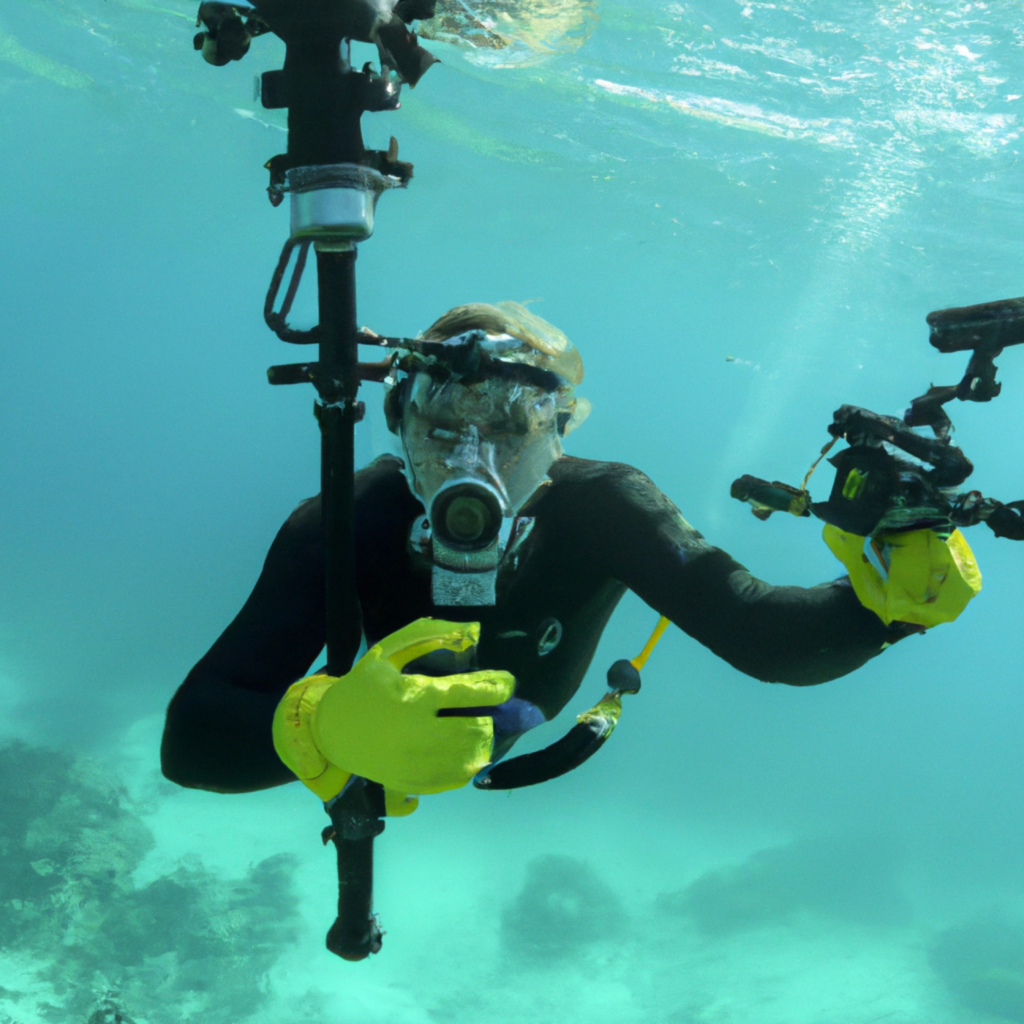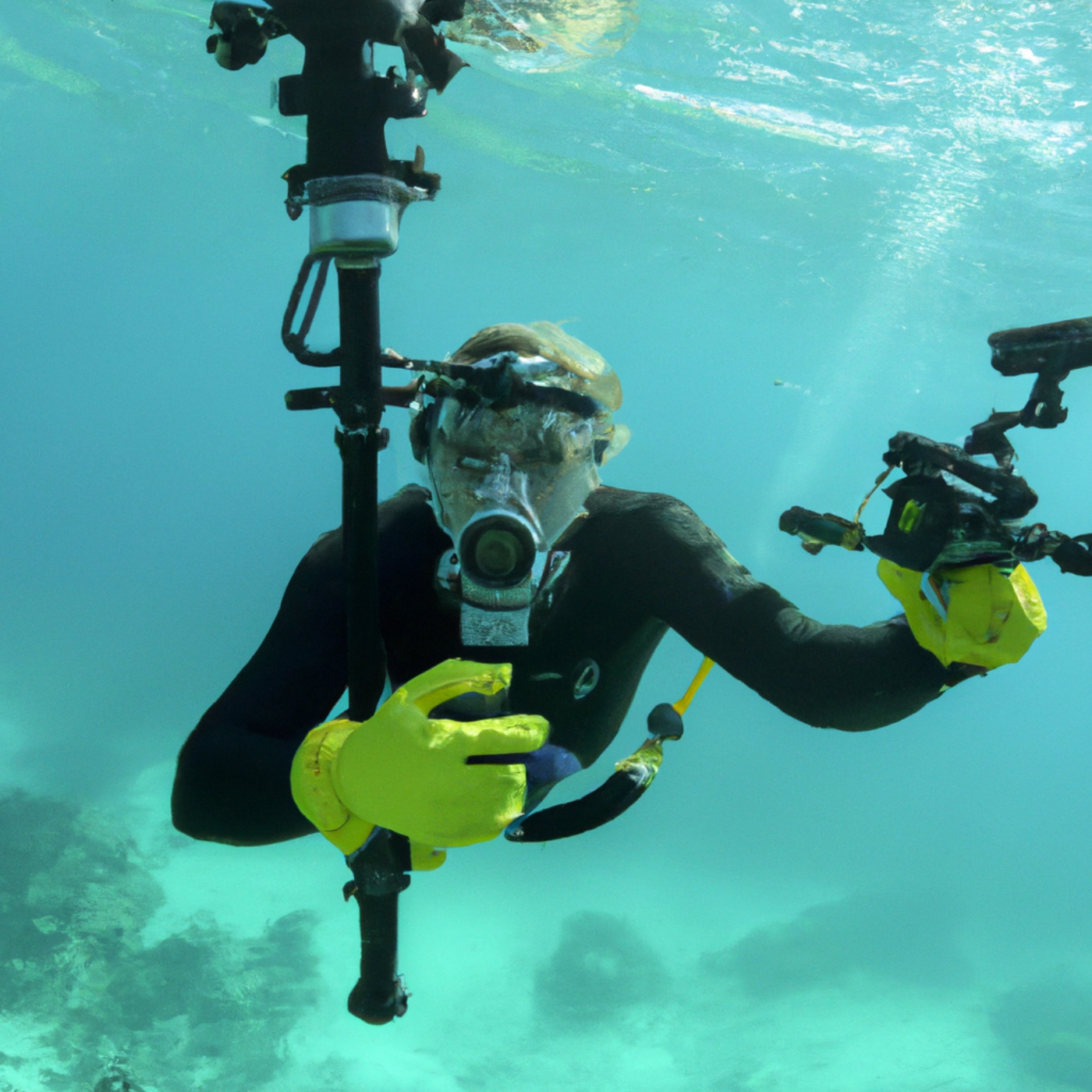
Underwater videography is one of the most thrilling and visually striking fields of filmmaking. It allows us to explore a hidden world beneath the surface, capturing marine life, vibrant coral reefs, and the play of light underwater. Whether you’re a scuba diving enthusiast looking to document your adventures or a professional videographer aiming to add an aquatic flair to your portfolio, underwater videography offers a unique challenge. But to bring this subaquatic world to life, you need the right techniques and equipment.
In this post, we’ll dive deep into the essentials of underwater videography, including tips, techniques, and the best gear for all levels—whether you’re just getting started or are ready to go pro.
Why Underwater Videography?
The allure of underwater videography lies in its ability to reveal a world that’s often unseen. From colorful fish darting through coral reefs to the mesmerizing movement of kelp forests, the underwater environment is rich with unique visual opportunities. But the challenge comes with capturing these moments in a way that does justice to their beauty.
Whether you’re documenting marine life, shooting an underwater scene for a film, or simply capturing memories of your snorkeling adventures, the right approach can make all the difference.
Getting Started: Essential Tips for Underwater Videography
If you’re new to underwater videography, the process can seem overwhelming. Here are a few tips to help you get started:
1. Master Your Buoyancy
One of the biggest challenges in underwater videography is controlling your movement. Good buoyancy control is essential for getting smooth shots and staying steady in the water. Practice maintaining a stable position without disturbing the environment around you, especially when filming marine life.
2. Know Your Environment
Before you even get in the water, research your location. Understand the behavior of the marine life you’ll encounter, the water conditions, and the best time of day for shooting. Some underwater creatures are more active at dawn or dusk, while certain reefs look best when the sun is high.
3. Lighting is Key
Water absorbs light quickly, and the deeper you go, the less light there is. Colors like red and orange disappear first, leaving the scene blue and green. That’s why external lights or underwater strobes are essential if you want to capture vibrant footage, especially at depths beyond 10-15 feet.
4. Get Close
Water reduces sharpness and contrast, so it’s crucial to get as close as possible to your subject without disturbing the environment. The closer you are, the clearer and more vibrant your footage will be.
5. Use Wide-Angle Lenses
A wide-angle lens helps you capture more of the underwater scene, which is especially useful in cramped or dense environments like coral reefs. It also allows you to get close to your subject while keeping it in context with its surroundings.
What Gear Do You Need for Underwater Videography?
Choosing the right gear is crucial for underwater videography. From cameras and housings to accessories like lights and filters, the equipment you use will directly affect the quality of your footage.
1. For Beginners: Affordable and Easy to Use
If you’re just dipping your toes into underwater videography, you don’t need to start with professional-grade equipment. Many affordable options are user-friendly while still delivering high-quality results.
Recommended Cameras:
- GoPro HERO12 Black: GoPros are a popular choice for underwater videographers due to their compact size, durability, and ease of use. The HERO12 offers excellent 5.3K video resolution and built-in waterproofing down to 33 feet without a housing.
- Olympus Tough TG-6: This compact camera is great for beginners. It’s waterproof up to 50 feet and shoots in 4K, making it a solid option for anyone looking to capture high-quality underwater footage without the complexity of more advanced gear.
Accessories:
- GoPro Super Suit: If you plan to dive deeper, you’ll need additional housing. The GoPro Super Suit is an affordable option that extends the HERO12’s waterproof capabilities to depths of 196 feet.
2. For Intermediate Videographers: Stepping Up the Game
As you become more comfortable with underwater videography, you may want to upgrade your equipment for better image quality and more creative control.
Recommended Cameras:
- Sony Alpha a7S III: Known for its excellent low-light performance, this mirrorless camera is perfect for capturing stunning underwater footage. When paired with the right housing, it’s a versatile tool for serious underwater videographers.
- Panasonic Lumix GH5: The GH5 is a favorite among filmmakers, offering 4K video at 60fps, which is great for capturing fast-moving underwater subjects in smooth, high-quality footage.
Accessories:
- Nauticam Housing for Sony Alpha a7S III: This robust underwater housing allows you to take your a7S III down to 330 feet, offering full control of the camera’s settings underwater.
- Sea Frogs SL-100 LED Waterproof Lamp: To capture vibrant colors and details, an external light is essential. The Sea Frogs SL-100 offers a powerful light source with adjustable brightness, ideal for shooting at deeper depths.
3. For Pros: High-End Gear for Advanced Shooters
If you’re an experienced underwater videographer working on professional projects, investing in high-end gear is crucial for achieving top-tier results.
Recommended Cameras:
- Canon EOS R5: The Canon EOS R5 offers 8K video recording, making it perfect for capturing ultra-high-definition underwater footage. Its robust autofocus system and weather sealing make it a great choice for professional underwater work.
Accessories:
- Light & Motion Sola Video Pro 9600: Professional-grade lights like the Sola Video Pro 9600 provide enough brightness for deep-water filming and ensure that your footage is evenly lit, even at extreme depths.
Final Thoughts: Capturing the Magic Beneath the Surface
Underwater videography is an exciting and rewarding field that allows you to capture the beauty of a world few people get to experience firsthand. Whether you’re just starting out with a GoPro or working with a high-end cinema camera, the right equipment and techniques can help you create stunning, immersive videos that bring the underwater world to life.
With the right gear, a bit of patience, and a lot of practice, you’ll be well on your way to creating captivating underwater films. So dive in, and start capturing the magic of the ocean depths.
Liked this post? Check out some of our others:
The Best Camera Setup for Cinematographers
The Best Cameras for Action and Sports Photographers

